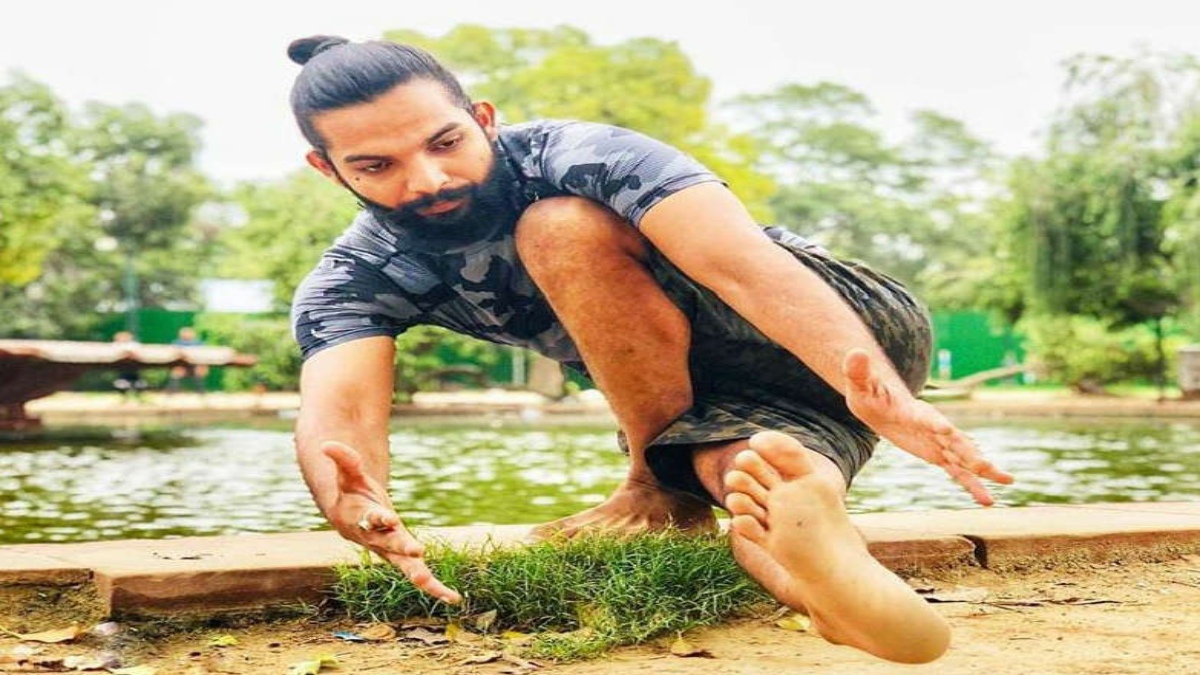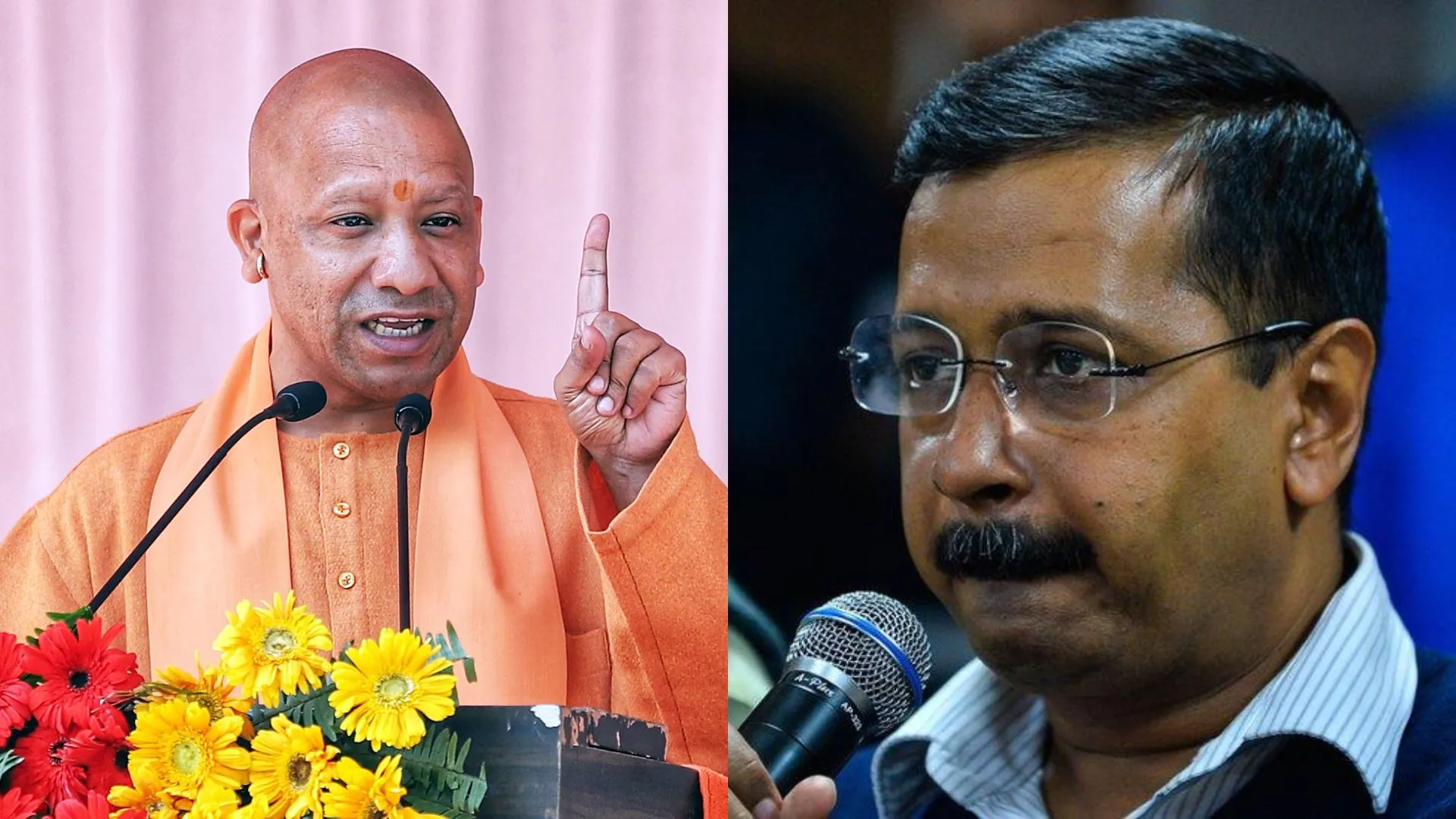As a beginner, we often equate yoga with some tough, limb-twisting poses. And our main concern is that: “I can’t even touch my toes, how can I perform those poses?” Yoga is not only touching your toes, or stretching 98 degrees to your northeast. It’s a very easy process of uniting with yourself—using your breath, body and mind. And it’s simple and effortless.
Never mind if you’re not flexible or stretchable or are venturing into yoga at the age of 40, or you have secret love handles that are stressing you out—just remove all those myths before beginning your yoga practice! The only one watching you is yourself—so just feel relaxed. This fitness journey will bring much joy and relaxation to you! Please find below a few easy tips for beginners:



(1) Gentle warm-up exercises help the body to loosen up and prepare it for the yoga asanas coming ahead. Exercises like rotating your neck, both clockwise and anticlockwise and pumping your shoulders to relieve any stiffness and shrug off the lethargy.
(2) Although it’s best to practise yoga early in the morning, any time of the day is fine as long as you are regular with it. Don’t feel pressurised yourself and over-exert your body right in the beginning. Your flexibility and efficiency will improve with everyday practice. Always finish with Yoga Nidra (sleep meditation) for a few minutes, as it helps to cool down the body.
(3) Whenever you start yoga for the first time, try to start with easy asanas and postures such as downward-facing dog, tree pose, child’s pose, and savasana. In each pose, try to focus on pressing your hands or feet into the floor, lengthening your spine, and relaxing your hips. If you keep this in mind as you practice, you will be working with every pose exactly as even the most devoted practitioners do. There is no need to rush or try to jump into the more complex poses.
(4) Always practice yoga on an empty stomach, it is best to practice on an empty stomach or at least two to three hours after your last meal. When practising yoga, you are much more in tune to your body’s subtle feelings than at any other point, and practising with food in the stomach inevitably leads to discomfort and unhealthy. Eating just before practising can lead to feelings of heaviness, and can disrupt the digestion process as well. It is also advised to drink at least three to four litres of water during the day in order to flush toxins that are released while practising out of the body.
(5) Breathing plays an important role in Yoga. Yoga is all about finding a healthier, deeper harmony between our body and mind, and breathing is central to this. Breathe into your whole body in the poses, and try to relax. There are a lot more techniques to learn about healthy breathing in yoga.
(6) It’s always best to start doing yoga under the guidance of a qualified yoga teacher who can guide you through the correct way of doing each and every technique. This would help you learn yoga asans properly and avoid possible injuries.
The writer is a renowned yoga expert.























